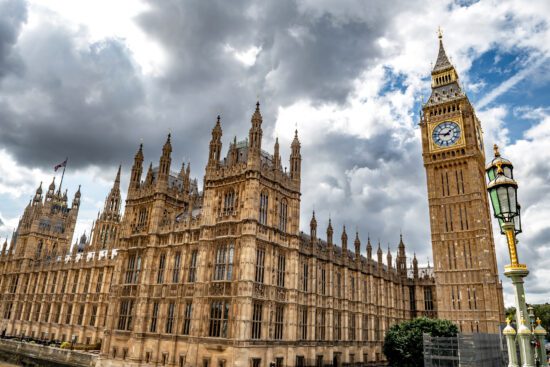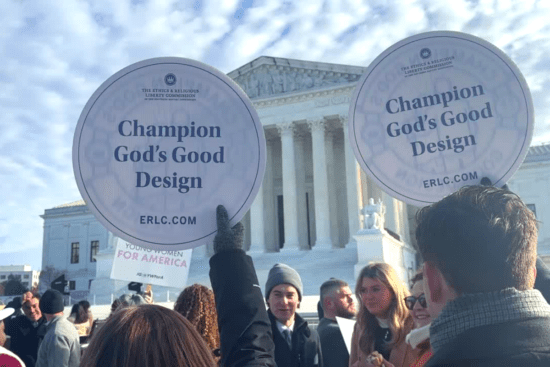Aspiring to be a multigenerational and multiethnic church is a quest worth the effort and must come from a biblical conviction that the Church on Earth should resemble what the heavenly Church will ultimately look like. A little over five years ago, Taylor Memorial Baptist Church in Hobbs, N.M., realized it was a homogenous church. Then pastor, Andrew Hebert, led the church through a “brainstorming for realization.” As different groups met within the church for “town-hall” meetings one thing became evidently clear: the community around the church was not being reached, and the church did not resemble the Church described within the book of Acts and Revelation. Out of these meetings a biblical, God-ordained vision statement was birthed: to be a multiethnic, multigenerational church that multiplies disciples.
As the church began to pursue this vision, many practical steps were taken that sought to reach the demographic situated around Taylor. A full-time Latino pastor was added to the staff, songs were sung in Spanish, the sermon was translated to Spanish, a Spanish Bible study that was meeting in the back of the church was merged into the large worship service, and flags from all the nations that were represented in the service or by mission efforts were hung in the auditorium.
But, the church leadership quickly realized this transition would take more than practical changes; it would take the Spirit changing hearts. While the majority of people embraced the change and were willing to go along with the efforts being made, there were challenges faced by the leadership. These challenges and push backs were heard and engaged from a biblical viewpoint.
Years removed from those initial meetings, changes, and challenges, Taylor is a different place. Many ethnicities are represented in the congregation and are serving in different ministry areas. They are on leadership teams, teaching in Bible studies, and walking with one heartbeat as members seeking to be disciple-makers.
Aspiring to be a multigenerational and multiethnic church is a quest worth the effort and must come from a biblical conviction that the Church on Earth should resemble what the heavenly Church will ultimately look like.
The road that God has taken Taylor on to accomplish this had twists along the way that might benefit other churches seeking a diverse body. Here are a few lessons we learned that helped us move toward this transition:
- Not everyone accepts change at the same pace. As practical steps were taken and changes were made, an atmosphere was created that led to many conversations and numerous teaching opportunities with established church members. Leaders tried to work patiently with those who had questions or concerns. It became apparent that the church had bought into a cultural myth—that it was okay for the church to just exist for the comfort of people—that could only be redirected by the power of God. So, conversations and teaching opportunities were aimed at turning the hearts of the people toward a gospel-Kingdom mindset. Simple stats and convincing presentations didn’t move hearts to be inclusive of all people; that work was only done through the conviction of Scripture and the work of the Holy Spirit.
- Seek integration over inclusion. The realization that everyone can worship together, and we are all equal at the foot of the cross, has been a challenging, but worthwhile bridge to cross. Integration—the incorporation of individuals or groups as equals into society or an organization—has proved much more biblical than mere inclusion, where people are made a part of a group. Perhaps inclusion is where the attempt to be a multiethnic body of Christ originated. Separate people groups were still operating from their default worldviews (i.e., nationalism) and were content to just get along. But it was in the act of integration that the church really began to reveal what it means to come together around the gospel. It involved a laying aside of preferences, as well as a growing appreciation of other cultures. An integrative-Kingdom mindset provided spiritual growth and enjoyment of what God was doing among all people.
- Multiethnic leadership is essential. A growing need for Taylor was to have leadership from different cultures and backgrounds. Leadership at Taylor does not refer only to paid staff positions but ministry team leaders, leadv servants (deacons), and committee members (it is a Baptist church, after all). Even though God has blessed us with more diversity in some of these leadership areas, it’s obvious that more diversity will be needed in the future to sustain and expand the different ethnicities in the body of believers.
- Work through the functionality of having multiple languages. As our church increasingly reflects our vision statement, there are certain things that have to be adjusted. The ability to communicate effectively in multiple languages has taken intentionality and serious effort. While this has presented some challenges, it has also provided some wonderful opportunities for worship. The people of Taylor singing in two languages during a service is hard to describe in words. While this was not a welcomed decision by all, I believe it has aided us in keeping our attention on the nations, whether we are sending our people overseas or the nations are coming to us. The adjustment in what is sung, the dual languages on print materials, and the translation of teaching times has made people overtly aware that the nations are around Taylor. The prayer now is that there would be a collective, growing heart for the nations to know Jesus.
Scripture states that all people have an equal need for a Savior (Rom. 3:23, 6:23). This is what compels Taylor to be a church where all people are welcome to come hear the good news of the gospel and become serving members in the family of God. An intentional movement toward diversity has resulted in highs and lows, but all of them have ultimately provided joy as we make progress toward our biblical calling as a church.










